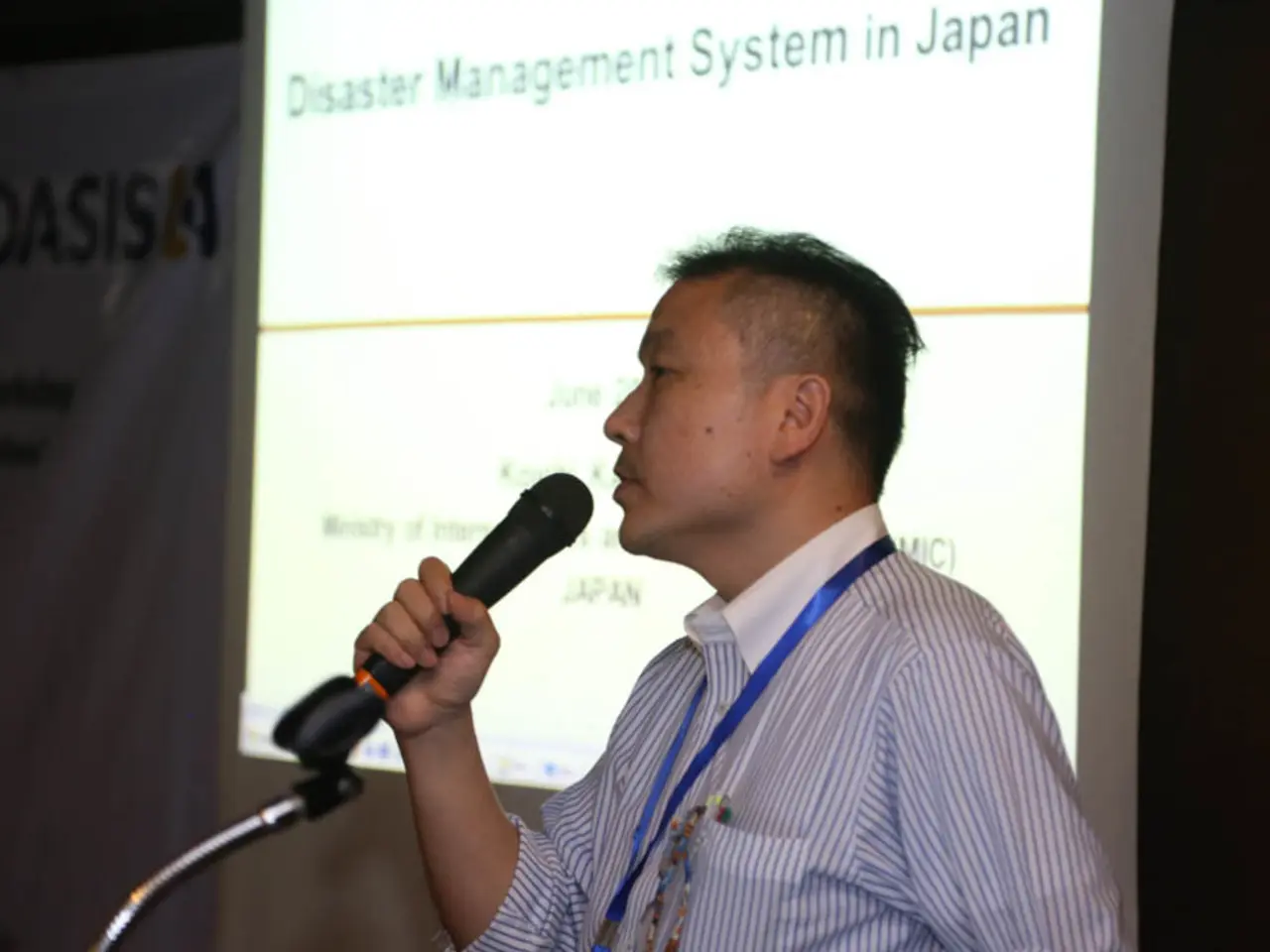Automobile Tariffs Should Be Abated by U.S. According to Akazawa Immediately
In a significant development, the United States and Japan have reached a trade deal that includes a reduction in tariffs on vehicles and auto parts imported from Japan. The agreement, signed last month, has lowered the tariff on Japanese vehicles to 15%, replacing a period of heightened tariffs but maintaining a rate significantly above the historic 2.5% for passenger cars.
The current status of tariffs on vehicles and auto parts imported from Japan to the United States is that Japanese auto imports are now subject to a 15% tariff, reduced from the previously threatened 25% and the effective 27.5% rate imposed earlier in 2025.
Before the deal, passenger vehicles from Japan faced a 2.5% tariff (a longstanding rate), while trucks faced a 25% rate under Section 232. After some tariff hikes in early 2025, Japanese auto exports faced an effective combined tariff rate of about 27.5%, which has now been lowered to 15% as part of this agreement.
This 15% tariff represents a significant reduction for Japan compared to the threatened 25%, but it still imposes a higher cost than the pre-2017 era rates. The tariff reduction is linked with Japan’s commitment to invest $550 billion in the U.S. economy, in sectors including automotive manufacturing, semiconductors, pharmaceuticals, and advanced technologies.
From the Japanese side, this deal also includes the opening of Japan's market to more U.S. auto exports by lifting longstanding restrictions and recognizing U.S. automotive standards for the first time, enhancing reciprocal market access for U.S. manufacturers.
Despite the tariff reduction, the 15% tariff is expected to increase prices for Japanese vehicles in the U.S. by roughly $1,500 to $3,000 per vehicle unless automakers reduce profit margins or shift production to the U.S.
The deal was negotiated by Japan's chief negotiator for tariff talks with the United States, Ryosei Akazawa. Akazawa met with U.S. Commerce Secretary Howard Lutnick in Washington on Wednesday to discuss the implementation of the agreement. During the meeting, Akazawa asked the U.S. side to issue an executive order at an early date to cut the tariff as agreed under the deal.
The U.S. agreed to lower its levy on vehicles and auto parts imported from Japan to 15% from 27.5% under the agreement. The Japan-U.S. agreement aims to benefit both countries. The Japanese government made a statement about the benefits of the Japan-U.S. agreement, confirming its importance and the mutual benefits it is expected to bring.
The agreement between the United States and Japan was confirmed to be beneficial for both countries. However, other tariffs such as those on steel and aluminum remain separate and at higher rates. As of now, there are no recent indications that this tariff rate has changed since the agreement’s announcement in July 2025.
- The agreement, benefiting both countries, has lowered the tariff on Japanese vehicles to 15%, replacing the previously threatened tariff of 25%.
- In addition to the automotive sector, Japan's $550 billion investment in the U.S. economy is targeted towards industries like automotive manufacturing, semiconductors, pharmaceuticals, and advanced technologies.
- The cut in the tariff on Japanese vehicles to 15% has come as a result of Japan's commitment to these significant investments in the U.S. economy.




